TRIS(2-CHLOROETHYL) PHOSPHITE
- CAS NO.:140-08-9
- Empirical Formula: C6H12Cl3O3P
- Molecular Weight: 269.49
- MDL number: MFCD00000968
- EINECS: 205-397-6
- SAFETY DATA SHEET (SDS)
- Update Date: 2024-04-07 18:44:46

What is TRIS(2-CHLOROETHYL) PHOSPHITE?
Chemical properties
Colorless liquid; characteristic odor. Miscible with most common organic solvents; insoluble in water and hydrolyzes in water. Undergoes intramolecular isomerization at higher temperatures, exposure to air should be minimum. Combustible.
The Uses of TRIS(2-CHLOROETHYL) PHOSPHITE
Tris(chloroethyl) phosphite acts as a flame retardant and plasticizer.
Air & Water Reactions
Unstable to heat, moisture and prolonged exposure to air. Decomposes in water.
Reactivity Profile
TRIS(2-CHLOROETHYL) PHOSPHITE is unstable to heat, moisture and prolonged exposure to air. Hydrolyzes in water. Reacts vigorously with oxidizing agents. Undergoes vigorous isomerization .
Properties of TRIS(2-CHLOROETHYL) PHOSPHITE
| Boiling point: | 112-115 °C2 mm Hg(lit.) |
| Density | 1.328 g/mL at 25 °C(lit.) |
| refractive index | n |
| Flash point: | 375 °F |
| storage temp. | -20°C |
| solubility | Acetonitrile (Slightly), Chloroform (Slightly), Ethyl Acetate (Slightly) |
| form | clear liquid |
| color | Colorless to Almost colorless |
| Stability: | Hygroscopic |
| CAS DataBase Reference | 140-08-9(CAS DataBase Reference) |
| EPA Substance Registry System | Tris(2-chloroethyl) phosphite (140-08-9) |
Safety information for TRIS(2-CHLOROETHYL) PHOSPHITE
| Signal word | Danger |
| Pictogram(s) |
 Skull and Crossbones Acute Toxicity GHS06  Health Hazard GHS08 |
| GHS Hazard Statements |
H315:Skin corrosion/irritation H319:Serious eye damage/eye irritation H330:Acute toxicity,inhalation H335:Specific target organ toxicity, single exposure;Respiratory tract irritation H340:Germ cell mutagenicity H350:Carcinogenicity |
| Precautionary Statement Codes |
P201:Obtain special instructions before use. P260:Do not breathe dust/fume/gas/mist/vapours/spray. P280:Wear protective gloves/protective clothing/eye protection/face protection. P284:Wear respiratory protection. P301+P310:IF SWALLOWED: Immediately call a POISON CENTER or doctor/physician. P305+P351+P338:IF IN EYES: Rinse cautiously with water for several minutes. Remove contact lenses, if present and easy to do. Continuerinsing. |
Computed Descriptors for TRIS(2-CHLOROETHYL) PHOSPHITE
New Products
4-AMINO-TETRAHYDRO-PYRAN-4-CARBOXYLIC ACID HCL 4-(Dimethylamino)tetrahydro-2H-pyran-4-carbonitrile 4-AMINO-TETRAHYDRO-PYRAN-4-CARBOXYLIC ACID 4-Aminotetrahydropyran-4-carbonitrile Hydrochloride (R)-3-Aminobutanenitrile Hydrochloride 5-Bromo-2-nitropyridine Nimesulide BP Aceclofenac IP/BP/EP Diclofenac Sodium IP/BP/EP/USP Mefenamic Acid IP/BP/EP/USP Ornidazole IP Diclofenac Potassium 3-Bromopyrazole (3aR,4R,5R,6aS)-hexahydro-5-Triethyl silyloxy-4-((E)-3-oxo-5-phenylpent-1- enyl)cyclopenta[b]furan-2-one. 1-Chlorocarbonyl-4-piperidinopiperidine 1-Bromo-4-phenyl-2-Butanone 4-Amino-2-fluoro-N-methylbenzamide 1,1'-Carbonyldiimidazole SODIUM AAS SOLUTION ZINC AAS SOLUTION BUFFER SOLUTION PH 10.0(BORATE) GOOCH CRUCIBLE SINTERED AQUANIL 5 BERYLLIUM AAS SOLUTIONRelated products of tetrahydrofuran
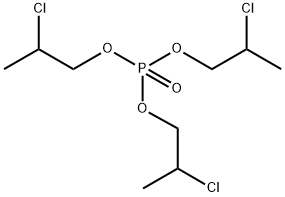
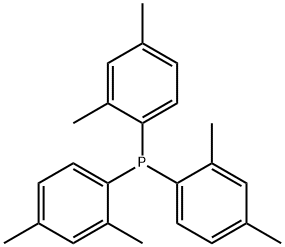
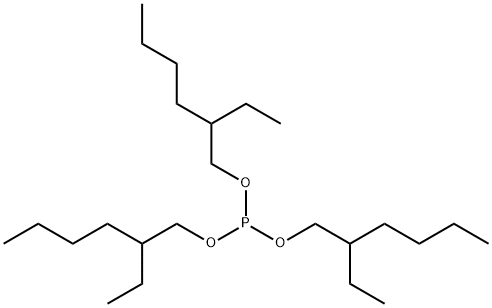

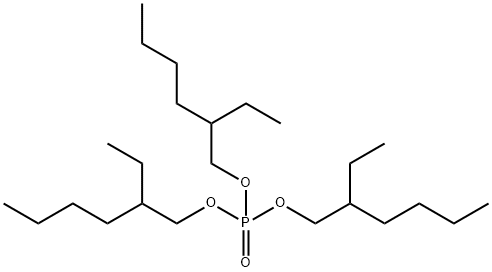
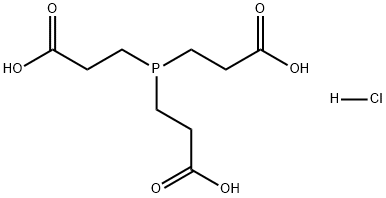
![TRIS (1,3-DICHLORO-2-PROPYL) PHOSPHATE, [PROPYL-2-14C]](https://img.chemicalbook.in/StructureFile/ChemBookStructure6/GIF/CB6205722.gif)

You may like
-
 Tris(2-chloroethyl)phosphite 85.00% CAS 140-08-9View Details
Tris(2-chloroethyl)phosphite 85.00% CAS 140-08-9View Details
140-08-9 -
 Tris(2-chloroethyl) Phosphite CAS 140-08-9View Details
Tris(2-chloroethyl) Phosphite CAS 140-08-9View Details
140-08-9 -
![Dimethyl [2-oxo-3-[3-(trifluoromethyl)phenoxy]propyl]phosphonate 99%](https://img.chemicalbook.in//Content/image/CP5.jpg) Dimethyl [2-oxo-3-[3-(trifluoromethyl)phenoxy]propyl]phosphonate 99%View Details
Dimethyl [2-oxo-3-[3-(trifluoromethyl)phenoxy]propyl]phosphonate 99%View Details
54094-19-8 -
 85-81-4 99%View Details
85-81-4 99%View Details
85-81-4 -
![208111-98-2 (3aR,4R,5R,6aS)-5-(Benzoyloxy)hexahydro-4-[(1E)-3-oxo-4-[3-(trifluoromethyl)phenoxy]-1-buten- 1-yl]-2H-cyclopenta[b]furan-2-one 99%](https://img.chemicalbook.in//Content/image/CP5.jpg) 208111-98-2 (3aR,4R,5R,6aS)-5-(Benzoyloxy)hexahydro-4-[(1E)-3-oxo-4-[3-(trifluoromethyl)phenoxy]-1-buten- 1-yl]-2H-cyclopenta[b]furan-2-one 99%View Details
208111-98-2 (3aR,4R,5R,6aS)-5-(Benzoyloxy)hexahydro-4-[(1E)-3-oxo-4-[3-(trifluoromethyl)phenoxy]-1-buten- 1-yl]-2H-cyclopenta[b]furan-2-one 99%View Details
208111-98-2 -
 2033-24-1 99%View Details
2033-24-1 99%View Details
2033-24-1 -
 Meldrums acid 2033-24-1 99%View Details
Meldrums acid 2033-24-1 99%View Details
2033-24-1 -
 2-Aminopyridine 504-29-0 99%View Details
2-Aminopyridine 504-29-0 99%View Details
504-29-0
Statement: All products displayed on this website are only used for non medical purposes such as industrial applications or scientific research, and cannot be used for clinical diagnosis or treatment of humans or animals. They are not medicinal or edible.